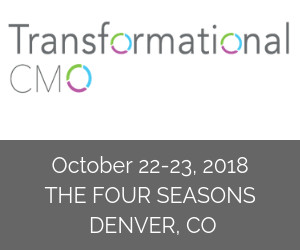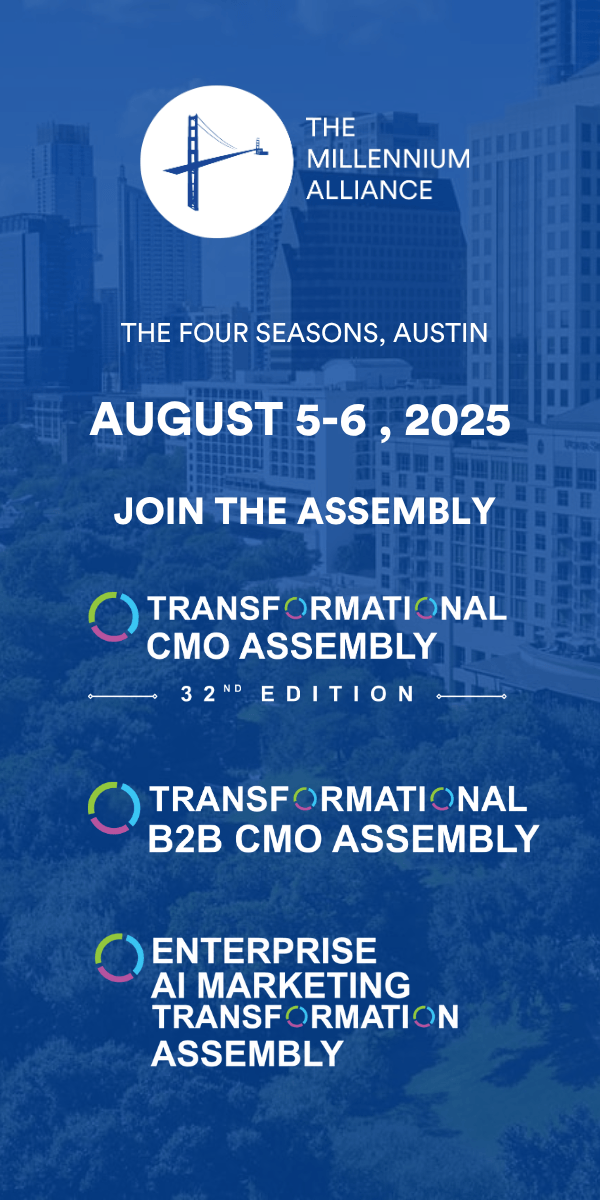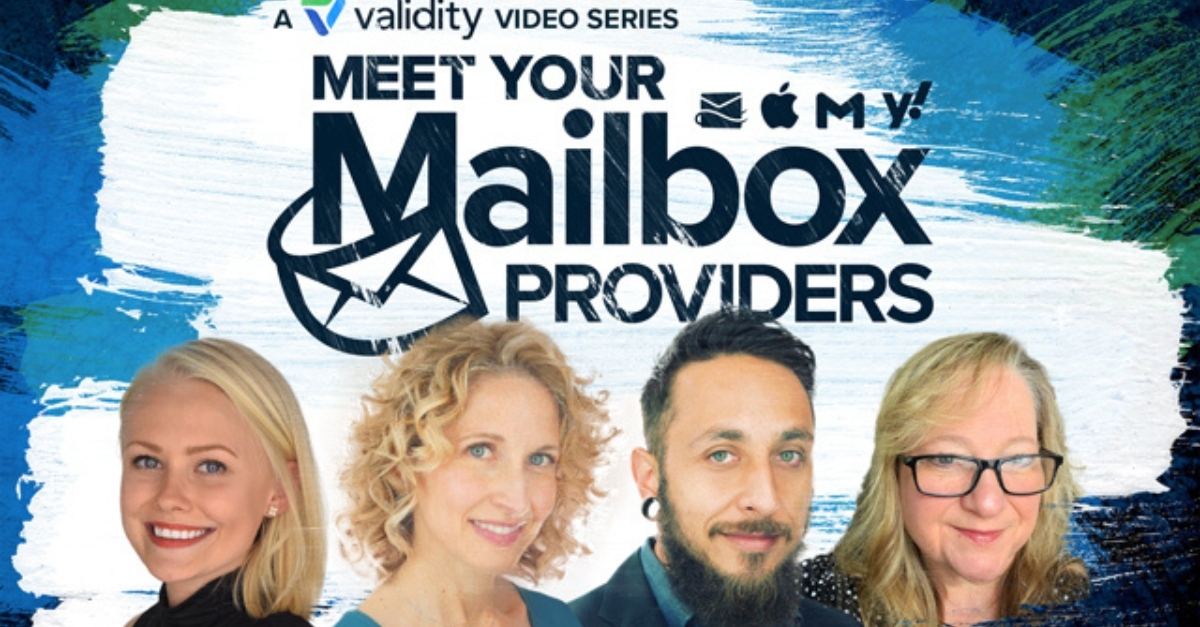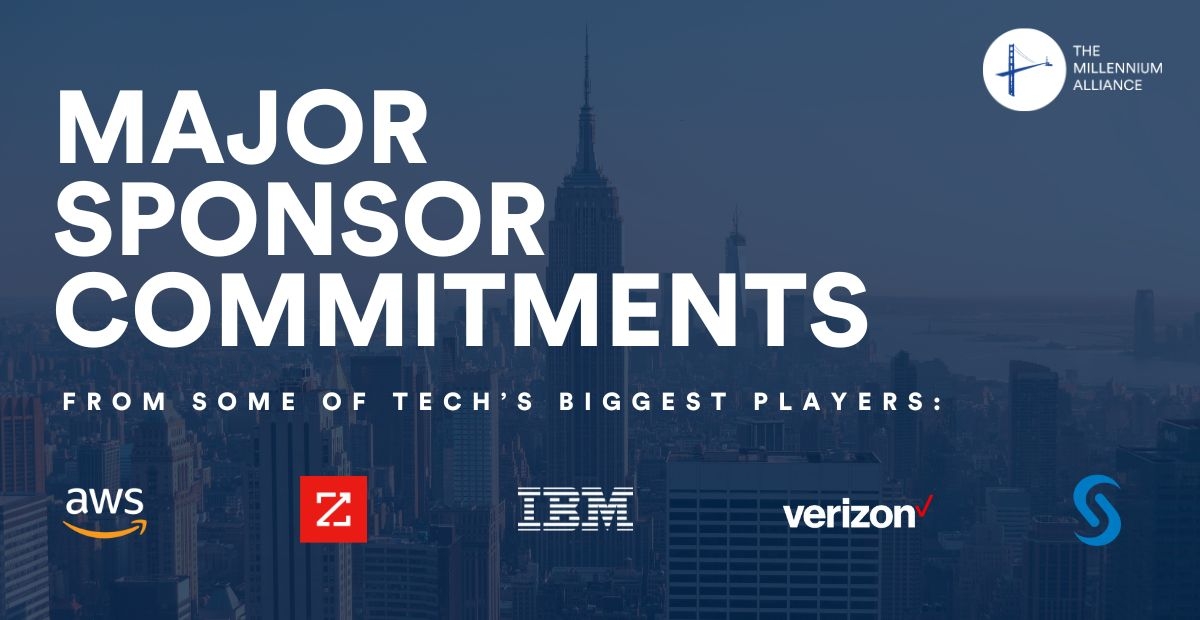Article previously posted Harvard Business Review.
Companies have been trying to adopt customer centricity for nearly 20 years now. But the CMO Council reports that “only 14 percent of marketers say that customer centricity is a hallmark of their companies, and only 11 percent believe their customers would agree with that characterization.”
Why do so many companies struggle to get customer centricity right? The volume, velocity, and variety of customer data that now exists overwhelm many organizations. Some companies don’t have the systems and technology to segment and profile customers. Others lack the processes and operational capabilities to target them with personalized communications and experiences.
But the most common, and perhaps the greatest, barrier to customer centricity is the lack of a customer-centric organizational culture. At most companies, the culture remains product-focused or sales-driven, or customer centricity is considered a priority only for certain functions such as marketing. To successfully implement a customer-centric strategy and operating model, a company must have a culture that aligns with them — and leaders who deliberately cultivate the necessary mindset and values in their employees.
To build a customer-centric culture, business leaders should take six actions:
Operationalize customer empathy. Empathy is one of those buzzwords that sound really good, but very few companies actually understand what it means, much less practices it. Essentially, customer empathy is the ability to identify a customer’s emotional need, understand the reasons behind that need, and respond to it effectively and appropriately. And it’s pretty rare. According to PwC, only 38% of U.S. consumers say the employees they interact with understand their needs.
To instill empathy as a universal value, one that informs everything their organization does, leaders must do more than giving it lip service. Slack, the business communication software company operationalizes empathy. Employees spend a lot of time reading customer messages and observing customers to try to intuit what they want and need. Customer support specialists are encouraged to research the people they’re helping and create mini personas for them to better understand how the customers are using Slack. The company screens to support people who know how to express empathy through the written word, and the company doesn’t allow them to cut and paste canned responses. And for partners who build apps on the Slack platform, the company promotes nine best practices to help them practice empathy, including “outline your use cases” and “storyboard each interaction.”
Hire for customer orientation. From the very first interaction with prospective employees, organizations should make thinking about customers and their needs a clear priority. At Hootsuite, the social media management platform, marketing and human resources executives collaborate to do this.
During the interview process, hiring managers are required to ask every candidate, regardless of role, a question to gauge their customer orientation. Kirsty Traill, the company’s VP Customer, explains that this practice not only assesses candidates and ensures that every new employee is aligned to customer-centric thinking, but also sends a clear message to everyone — recruits and hiring managers alike — about the importance of customer experience at the company.
Democratize customer insights. For every employee to adopt a customer-centric mindset, every employee must understand the organization’s customers. Adobe Systems has opened up access to customer insights for all employees. It doesn’t store up customer understanding in the sales and marketing groups and then expects other departments to focus solely on their functions.
The company created a new department, a combined customer and employee experience team, to facilitate customer understanding. It set up listening stations where employees can go, either online or in an Adobe office, to listen to customer calls. And at every all-employee meeting, leaders give an update on the company’s customer experience delivery.
Facilitate direct interaction with customers. Companies need to develop ways for employees to interact with customers directly, even in “back office” functions. After all, every employee impacts the customer experience in some way, even if indirectly, so every employee can benefit from interacting with customers to better understand them and learn about their successes and challenges.
Airbnb considers hosts, the people who rent out their homes, to be customers, so it facilitates employee-host interactions by requiring employees to stay in Airbnb rentals whenever they travel for business. The company also asks employees to let hosts stay with them when they attend meetings at the Airbnb offices. What’s more, employees participate in an annual event alongside hosts so that together they discuss learnings from the past year and plans for the next.
Most organizations’ business models probably don’t allow for direct employee-customer contact as organically as Airbnb’s does, but leaders can still facilitate interactions by letting employees observe focus group, sales, and support calls, customer visits and ride-alongs, and co-creation labs, and participate in customer events like advisory board meetings and industry conferences.
Link employee culture to customer outcomes. The adage “You can’t manage what you don’t measure” applies to customer centricity, too. Managers will be motivated and equipped to cultivate a customer-centric culture if they know if and how it impacts results, so organizations should ensure they establish and track the link between culture and customer impact. According to Diane Gherson, head of HR at IBM, employee engagement drives two-thirds of her company’s client experience scores. That proves what Gherson and her team knew intuitively: If employees feel good about IBM, clients do, too.
Temkin Group, a customer experience consulting firm, has developed a model that estimates the impact of customer experience improvements on revenue in different industries. On average, Temkin calculates, a typical $1 billion company can gain $775 million over three years through modest improvements such as reducing customer wait times or making a transaction easier for the customer.
Tie compensation to the customer. Organizations should reinforce a customer-centric culture through their compensation program. Donna Morris at Adobe calls this “giving every employee skin in the game.” She says that for employees to know that customer-oriented attitudes and behaviors are expected from them, there has to be “an element of risk” to it.
So Adobe implemented a compensation program tying every employee to the customer. The short-term cash incentive plan reflects the company’s revenue performance as well as customer success measures such as retention. The program not only makes tangible the contributions to the customer that every employee makes but also produces organization-wide alignment because everyone is working toward the same goals.
Company leaders are starting to recognize that culture and strategy go hand in hand. Only when customer-centric strategies are supported and advanced by culture will a company realize its customer-centric vision.
ABOUT THE AUTHOR

Denise Lee Yohn is a leading authority on positioning great brands and building exceptional organizations and has 25 years of experience working with world-class brands including Sony and Frito-Lay. Denise is a consultant, speaker, and author of What Great Brands Do: The Seven Brand-Building Principles that Separate the Best from the Rest and the new book FUSION: How Integrating Brand and Culture Powers the World’s Greatest Companies
ABOUT TRANSFORMATIONAL CMO
This October, the 8th Transformational CMO Assembly in Denver is a unique event that  challenges our attendees to learn how to anticipate what’s next for the highly complex marketing environment that has emerged throughout the year through a series of executive education roundtables, keynote presentations, collaborative think tanks, educational workshops, and networking sessions with our industry experts and advisory board over the course of 2 days.
challenges our attendees to learn how to anticipate what’s next for the highly complex marketing environment that has emerged throughout the year through a series of executive education roundtables, keynote presentations, collaborative think tanks, educational workshops, and networking sessions with our industry experts and advisory board over the course of 2 days.
Download your copy of the sponsorship prospectus here for more information>>
Spaces are reserved for the best in the business. If you’re a CMO looking to stay one step ahead of the digital world, reserve your seat today >
What makes our assembly so exclusive is our exclusive content. And what better way than getting exclusive content than by downloading our brochure created with you in mind?
Download your copy here to get a sneak peek into our assembly today >>














